The Truth in Lending Act (TILA), implemented by Regulation Z, remains a cornerstone of consumer protection in U.S. lending. Since its enactment in 1968, TILA has evolved to address new risks, market practices, and regulatory priorities. Recent regulatory changes, especially those effective in 2024 and 2025, require compliance professionals to update their programs and stay vigilant for further developments.
NETBankAudit experts have over 25 years of experience in TILA audits and compliance. If you have any questions after reading this guide, please reach out to our team.
What Is TILA? Purpose, Scope, and Coverage
Empowering Consumers Through Transparency
TILA was enacted to address hidden fees, unclear terms, and deceptive lending practices that were prevalent in consumer credit markets. Its core mission is to ensure that consumers receive clear, standardized disclosures about credit terms and costs, empowering them to make informed decisions and compare products across lenders.
The law’s reach is broad, but it is not universal. TILA applies to most consumer credit transactions, including mortgages, credit cards, and personal loans, but it specifically excludes certain types of loans. Understanding these boundaries is essential for compliance teams.
Core Objectives and Consumer Protections
Key Consumer Rights Under TILA
TILA’s protections go beyond disclosure. The law establishes minimum standards for certain loans, provides rescission rights, and prohibits unfair or deceptive practices. Notable consumer rights include:
- Right of Rescission: Borrowers can cancel certain home-secured loans within three business days. If disclosures are inaccurate or missing, this period can extend up to three years.
- Protection Against Unfair Practices: Consumers can assert TILA violations as a defense in foreclosure actions.
- Standardized Disclosures: Lenders must provide clear, comparable information about credit terms and costs.
Required Disclosures: What, When, and Why
Disclosure Requirements Across Credit Products
TILA mandates that lenders provide specific, standardized information at various stages of the lending process. For mortgages, the Loan Estimate and Closing Disclosure forms are especially important, detailing costs, terms, and potential risks.
For adjustable-rate mortgages, additional disclosures are required, such as the frequency of rate adjustments, the maximum possible rate, and the timing of payment changes. These details help borrowers anticipate future changes and avoid payment shock.
Detailed Mortgage Disclosure Requirements
Mortgage lending is subject to some of the most detailed disclosure requirements under TILA. The Loan Estimate and Closing Disclosure forms must provide a clear breakdown of all costs, including origination charges, services the consumer can and cannot shop for, taxes, and prepaids. Additional requirements include:
- Loan Amount Adjustments: If the loan amount may increase after consummation, the maximum principal balance and the due date of the last payment that may cause the principal balance to increase must be disclosed.
- Projected Payments Table: Estimates of periodic payments over the life of the loan, including mortgage insurance and escrow payments.
- Prepayment Penalties and Balloon Payments: The Loan Terms table must clearly state whether the transaction includes a prepayment penalty or a balloon payment.
Historical Amendments and Regulatory Evolution
TILA has evolved significantly since its enactment, with amendments addressing new risks and expanding consumer protections. For example, the Home Ownership and Equity Protection Act (HOEPA) introduced new disclosure requirements and limitations on certain mortgage loans, while the 2008 amendments targeted unfair, abusive, or deceptive mortgage lending practices.
Staying current with these changes is essential for compliance professionals, as regulatory expectations continue to evolve.Recent regulatory changes are outlined in detail in the following sections.
%201%20(1).svg)
%201.svg)
THE GOLD STANDARD INCybersecurity and Regulatory Compliance
Recent Regulatory Updates: 2024–2025
Annual Exemption Threshold Adjustment for 2025
Effective January 1, 2025, the CFPB and Federal Reserve Board have increased the exemption threshold for certain consumer credit transactions under TILA (Regulation Z) from $69,500 (2024) to $71,900 (2025). This adjustment also applies to the Consumer Leasing Act. The new threshold is based on a 3.4% increase in the Consumer Price Index for Urban Wage Earners and Clerical Workers (CPI–W) from April 2023 to April 2024, rounded to the nearest $100.
- Consumer credit transactions not secured by real property or the borrower’s principal dwelling, and not a private education loan, are exempt if the amount financed exceeds the threshold.
- Creditors must update systems and disclosures to reflect the new $71,900 threshold for all covered transactions consummated on or after January 1, 2025.
- Historical threshold amounts are published annually and are available in the official commentary to Regulation Z and Regulation M.
No notice-and-comment period was required for this change, as it is a mechanical adjustment mandated by statute. The regulatory analysis found no significant economic impact on small entities and no new paperwork burden.
Proposed Rescission of Loan Originator Compensation Rule
In June 2025, the CFPB submitted a proposed rule to the Office of Management and Budget (OMB) to rescind the Loan Originator Compensation Requirements under TILA (Regulation Z). This move is part of a broader deregulatory agenda aimed at reducing regulatory burden on financial institutions.
- If finalized, the rescission would eliminate current restrictions on how mortgage loan originators may be compensated, potentially allowing for more flexible compensation structures.
- The proposal is currently under OMB review, which can take up to 90 days. A public comment period will follow if the proposal is cleared.
- Compliance professionals should monitor the CFPB’s rulemaking docket and be prepared to submit comments or adjust compensation policies if the rule is finalized.
This potential change could have significant implications for mortgage lending practices and compliance management, so ongoing vigilance is recommended.
Other CFPB Deregulatory Initiatives Affecting TILA
The CFPB is also considering rescission or revision of other TILA-related rules, including mortgage servicing requirements under Regulation Z and the Real Estate Settlement Procedures Act (RESPA, Regulation X). These proposals are part of a package of deregulatory actions targeting credit reporting, debt collection, and mortgage servicing.
- Institutions should stay alert for additional proposed revisions to TILA mortgage servicing rules and related RESPA provisions.
- Statutory requirements under TILA and Dodd-Frank remain enforceable, even if duplicative regulations are rescinded.
Rescission of State Official Notification Rule
On May 21, 2025, the CFPB issued a direct final rule rescinding the State Official Notification Rule (12 CFR § 1082), which previously required state attorneys general and regulators to provide the CFPB with 10 days’ advance notice before initiating enforcement actions under the Dodd-Frank Act.
- The rescission removes an administrative step, potentially expediting state-level enforcement actions.
- The statutory notice requirements under 12 U.S.C. § 5552(b) remain in effect; the rescission only eliminates duplicative regulatory text.
- This change reduces compliance obligations for state officials but does not directly impact consumers or lenders.
The rule is effective July 21, 2025, unless significant adverse comments are received by June 20, 2025.
Compliance Management and Best Practices for Adapting to TILA Changes
Maintaining TILA compliance is an ongoing process that requires strong internal controls, regular training, and thorough documentation. Examiners will review a financial institution’s policies, procedures, and records to ensure adherence to TILA’s requirements. Prompt corrective action is expected when deficiencies are identified, and institutions must retain required documentation for at least two years after disclosures were required or actions were taken, and three years for closed-end loans secured by real property.
To effectively manage compliance and adapt to regulatory updates, financial institutions should consider the following best practices:
- Automate threshold updates in loan origination and disclosure systems to ensure accuracy and timeliness.
- Conduct regular internal audits and compliance reviews to detect and address violations promptly.
- Maintain accurate records and documentation for compliance verification and examination readiness.
- Review and revise loan originator compensation policies in anticipation of possible regulatory changes.
- Monitor the CFPB’s rulemaking docket and participate in public comment periods to provide feedback on proposed changes.
- Ensure timely corrective actions when deficiencies are identified.
- Engage third-party compliance experts for independent reviews and guidance on complex regulatory matters.
- Foster a culture of compliance through ongoing staff training, open communication, and leadership support.
By proactively implementing these strategies, institutions can reduce compliance risk, enhance consumer trust, and support sustainable growth while meeting TILA’s requirements and staying ahead of regulatory changes.
Enforcement, Liability, and Penalties
Consequences of Non-Compliance
TILA violations can result in significant consequences for financial institutions. Civil liability may include actual damages, statutory damages, and the cost of finance charges and fees. In cases of willful and knowing violations, criminal penalties can include fines up to $5,000 and imprisonment for up to one year. Regulatory agencies also have the authority to require monetary adjustments to consumer accounts when violations are found.
- Civil Liability: Finance charges, fees, actual damages, or statutory damages.
- Criminal Liability: Fines and imprisonment for willful violations.
- Administrative Actions: Monetary adjustments to consumer accounts as ordered by regulators.
These enforcement mechanisms underscore the importance of a proactive, well-documented compliance program.
Partner with NETBankAudit for TILA Compliance Excellence
Navigating the evolving TILA regulatory landscape requires vigilance and expertise. NETBankAudit offers specialized TILA audit and compliance services tailored to the needs of financial institutions. Our team brings over 25 years of experience, deep regulatory knowledge, and a commitment to helping clients achieve and maintain compliance with confidence. Contact us today to learn how we can help your institution stay ahead of regulatory changes and protect both your customers and your business.
.avif)

.svg)
.webp)

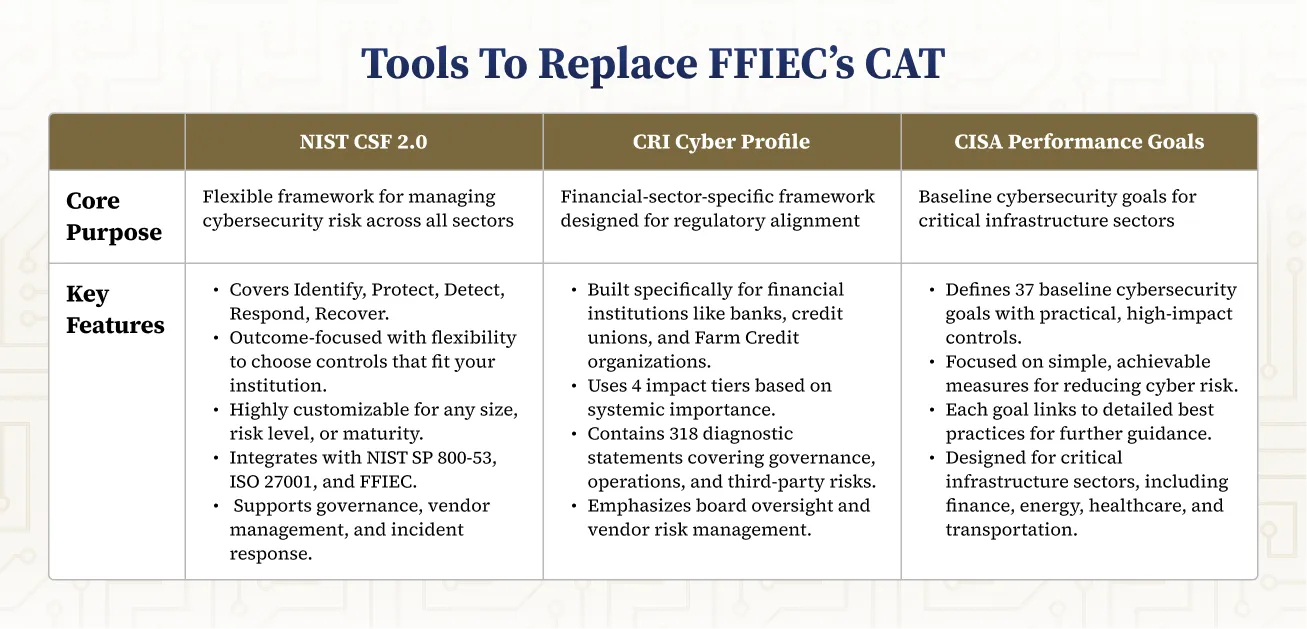

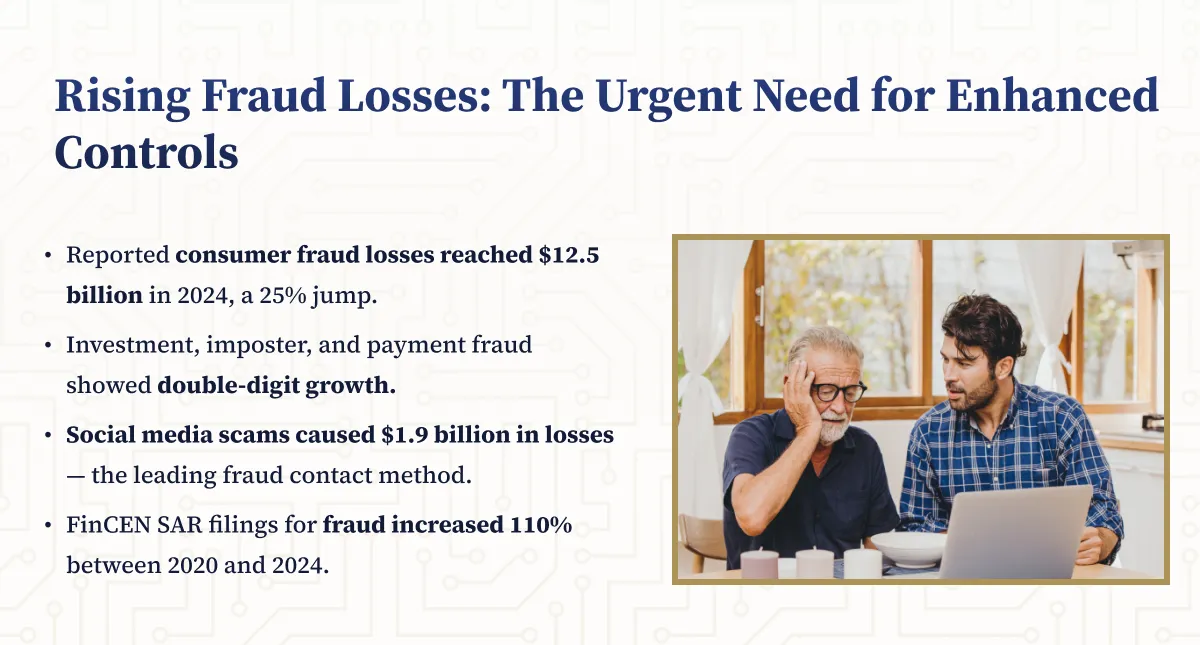
.webp)
.png)
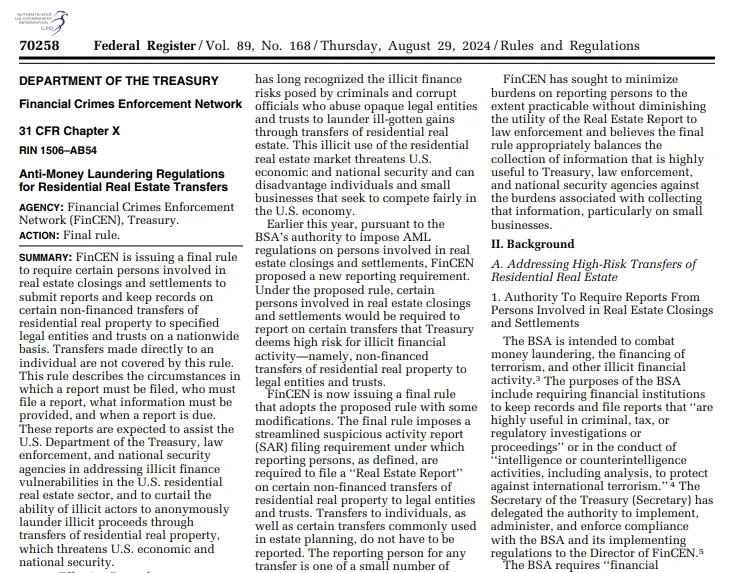
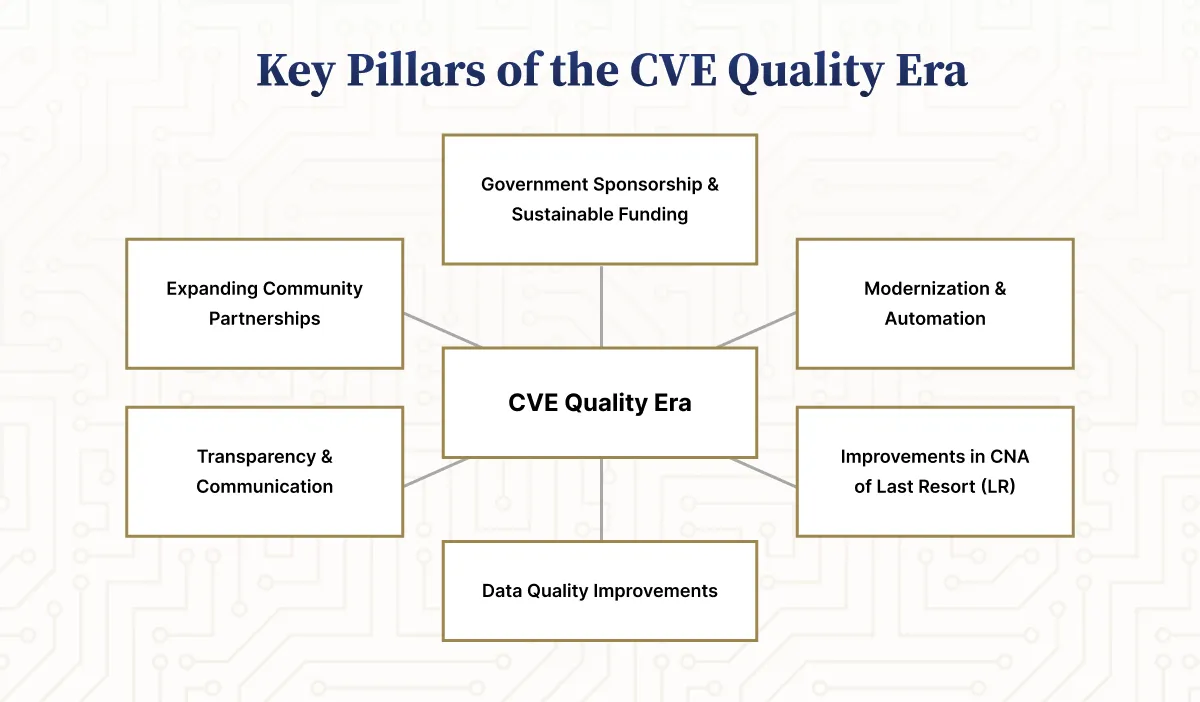
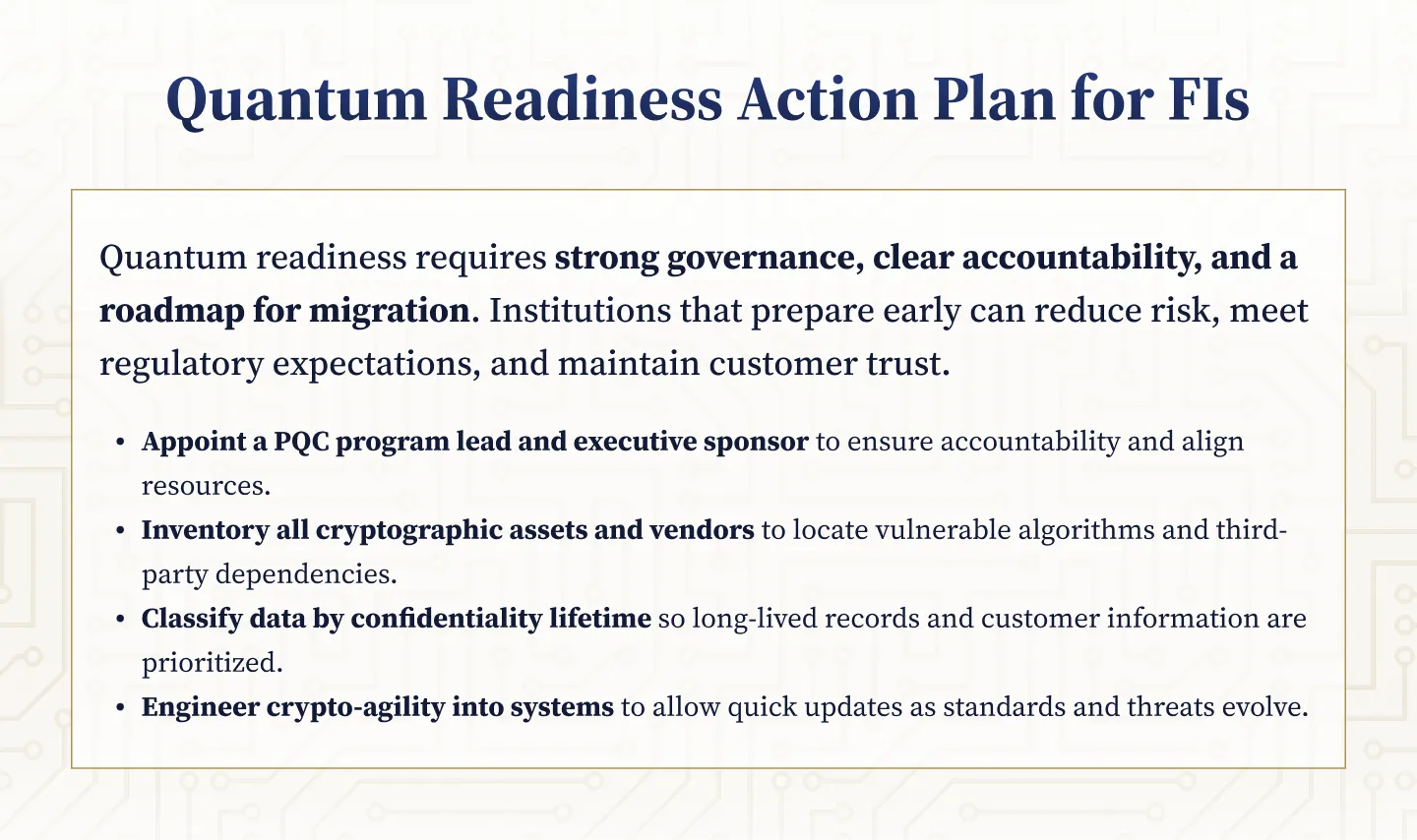
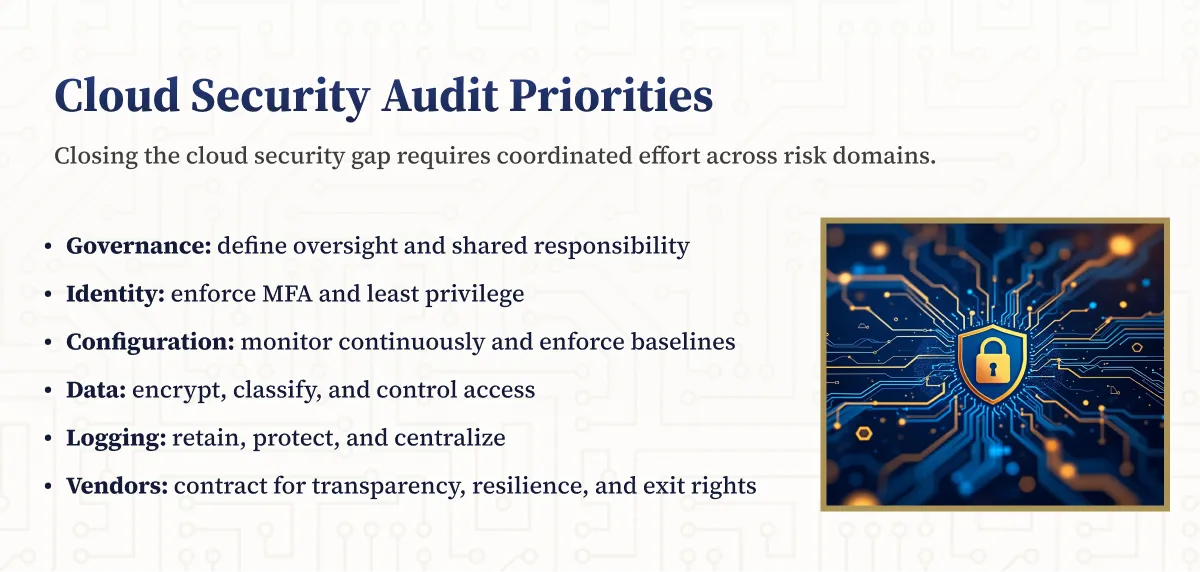
.webp)

.webp)











.webp)



.webp)

%201.webp)
.webp)
%20(3).webp)


.webp)


%20Works.webp)

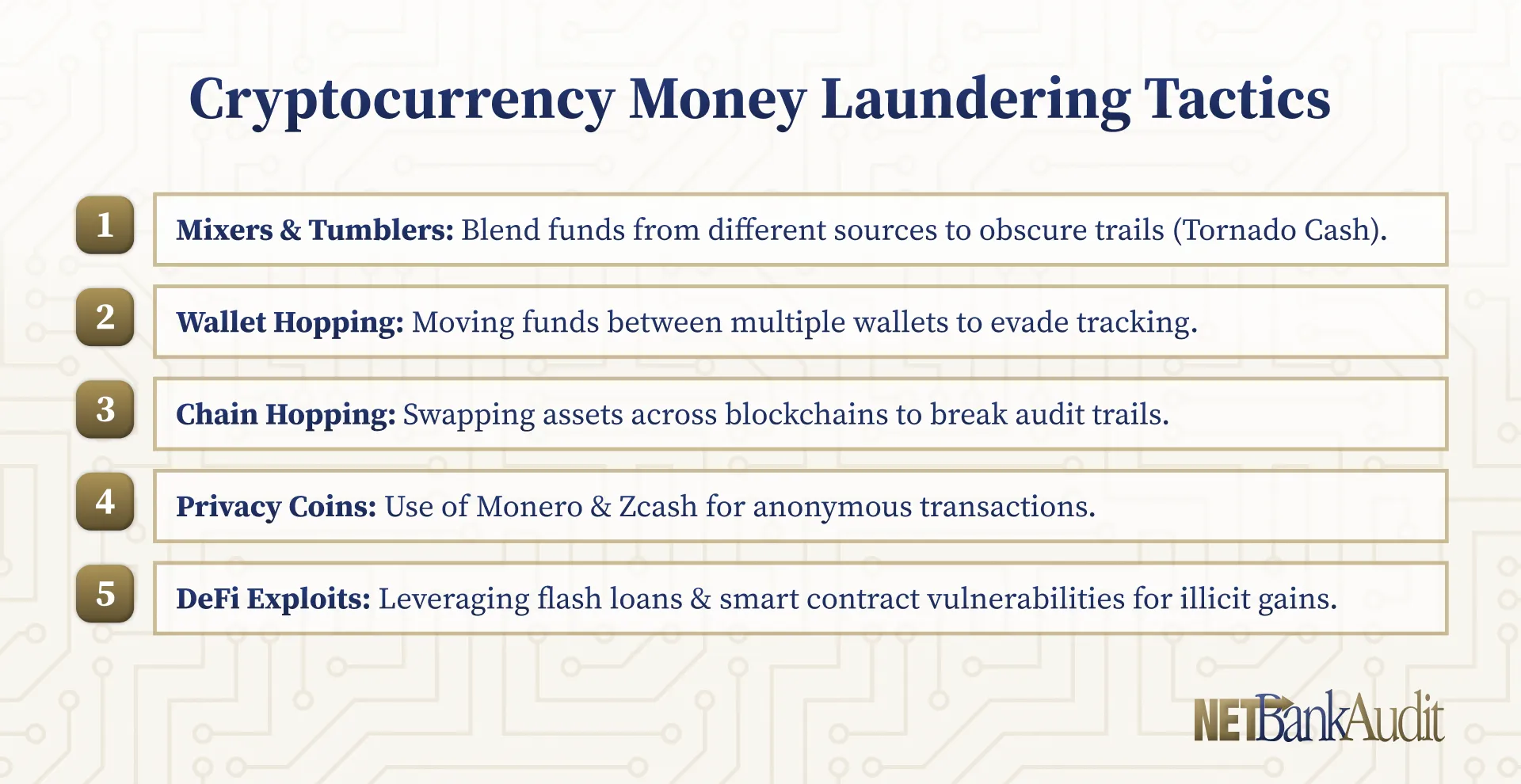
.webp)




.webp)
%20(1).webp)

.webp)










.webp)
.webp)

.webp)
.webp)
.webp)
.webp)
.webp)
.webp)
%201.svg)